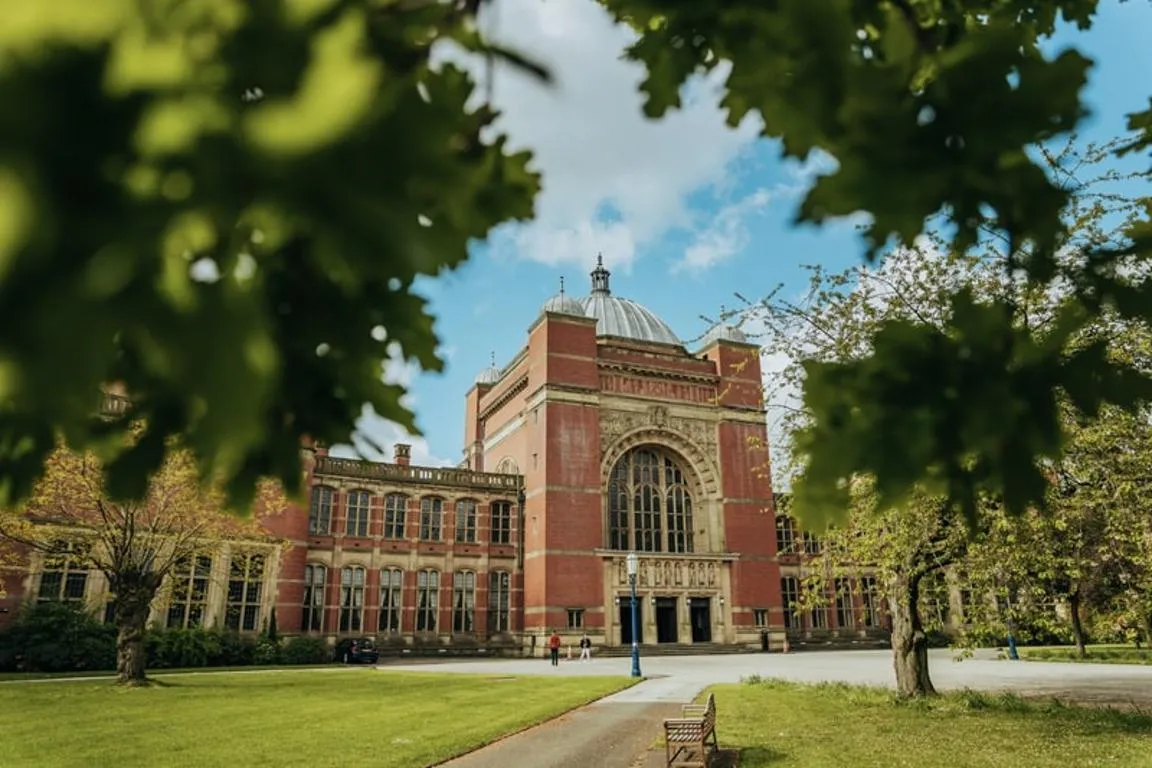Using nanotechnology to save a national icon
In the School of Chemistry, we have been working with partners and using the latest in new polymer nanotechnology to preserve a national icon, the Mary Rose.
In the School of Chemistry, we have been working with partners and using the latest in new polymer nanotechnology to preserve a national icon, the Mary Rose.

In the School of Chemistry, we have been working with partners and using the latest in new polymer nanotechnology to preserve a national icon, the Mary Rose.
The Mary Rose sank in 1545 off the south coast of England and remained under the seabed until she was salvaged in 1982, along with over 19,000 artifacts and pieces of timber. The ship and its artifacts give unique insights into Tudor seafaring and what it was like to live during that period.
The Mary Rose’s wooden hull was preserved for centuries under layers of silt on the seabed but since being recovered, preventing the timbers from degrading has been a constant challenge. Much of the wood has been impregnated with the polymer polyethylene glycol to physically strengthen it, but chemical changes are now also putting the artefacts at risk.
It was recently discovered that iron sulfides inside the wood were oxidising to sulfuric acid, which can cause discolouration and further damage. These compounds accumulated because of the action of sulfur-reducing bacteria on the seabed that produced hydrogen sulfide, which reacted with iron from the ship’s cannons and other metal parts.
Working with Eleanor Schofield, Head of Conservation at the Mary Rose Trust, and researchers at the University of Glasgow, my team here at the University of Birmingham, through a grant awarded by the Leverhulme Trust, have been developing a new polymer nanotechnology approach to remove iron ions from inside the wood in order to stop the acids forming.
We have developed a new generation of smart, responsive nanocomposites which are comprised of functionalised magnetic nanoparticles embedded in a thermoresponsive soft polymer matrix. These are materials designed to change their form or function as a result of a change in their local environment and this can be utilised to penetrate the porous wood and remove these ions.
A key consideration that our team has focussed on is that the composite has been designed for easy application and removal, to avoid damaging effects to the artefacts. Indeed, many of the previously proposed treatments have not been implemented as the materials remain within the wood.
Our approach was to functionalise magnetic iron-oxide nanoparticles with receptors as these groups have a high affinity to bind to iron. We then embedded the nanoparticles in a thermoresponsive polymer to allow for ready application of the treatment as the material is a gel above 22°C but liquefies when cooled. This treatment is designed to be applied as a liquid to allow for good wood permeation and iron separation within the artefact. Upon changing the local environment of the treatment, it will set and can be pulled to the surface with magnets and then peeled off.
We have not yet tested on timber from the Mary Rose, but we have shown that it works in principle using modern wood that has been soaked in iron sulfate with around 85% of the iron taken out of these wood samples within 10 hours. Our plan now is to start testing the technique on small pieces of wood from the ship itself.
If successfully used on the Mary Rose, the same approach could be used for other salvaged and reclaimed wood-based artifacts as well as more broadly for the preservation of other materials, such as leather or textiles.